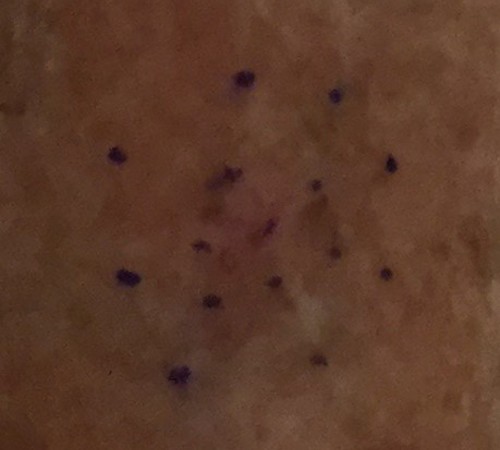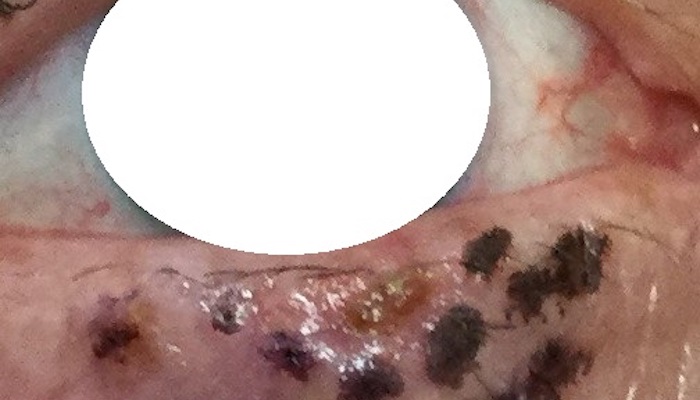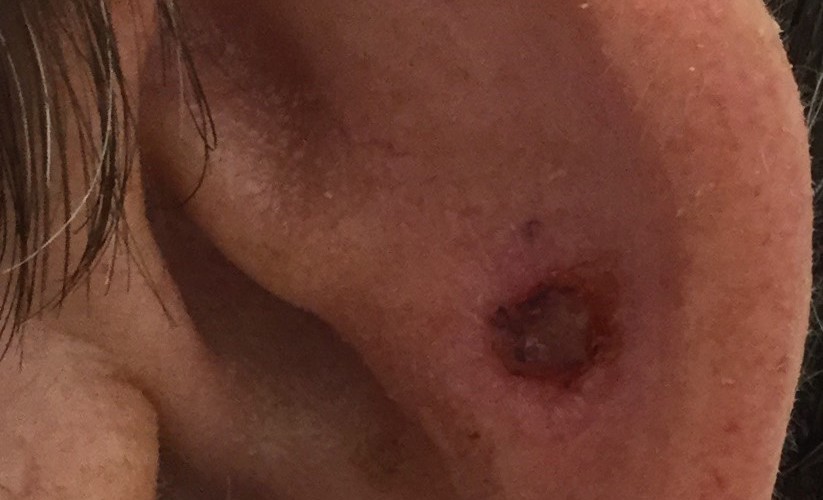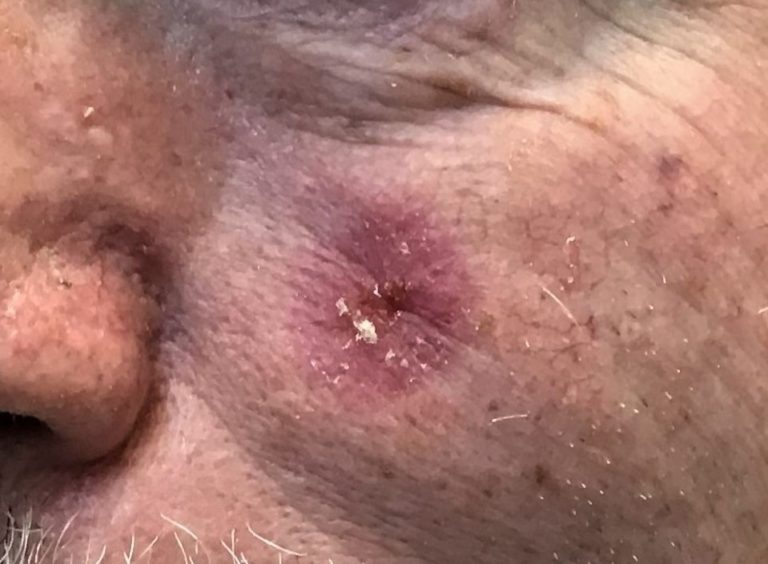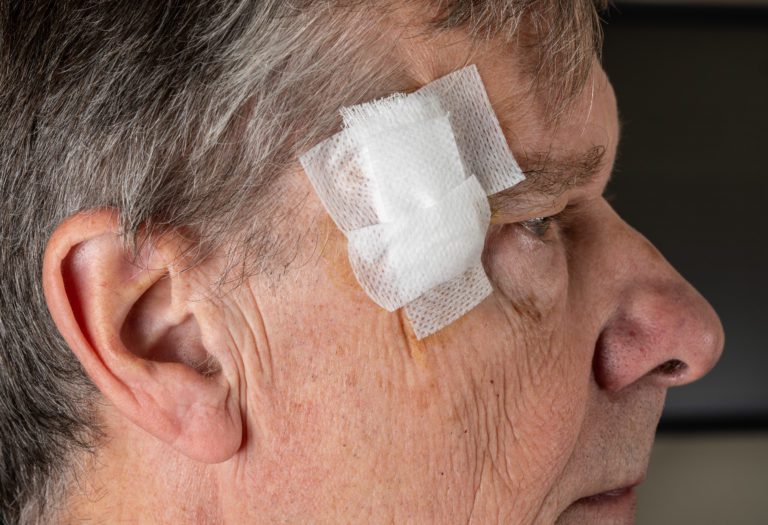
Radiotherapy vs. Chemotherapy
Cancer takes on many forms, leading to a variety of treatment methods to target the source. However, how should you know if you should go with radiotherapy or chemotherapy? What are the radiotherapy side effects? How do they compare to chemotherapy side effects? To understand the differences between radiotherapy vs. chemotherapy, as well as radiotherapy…Read More
